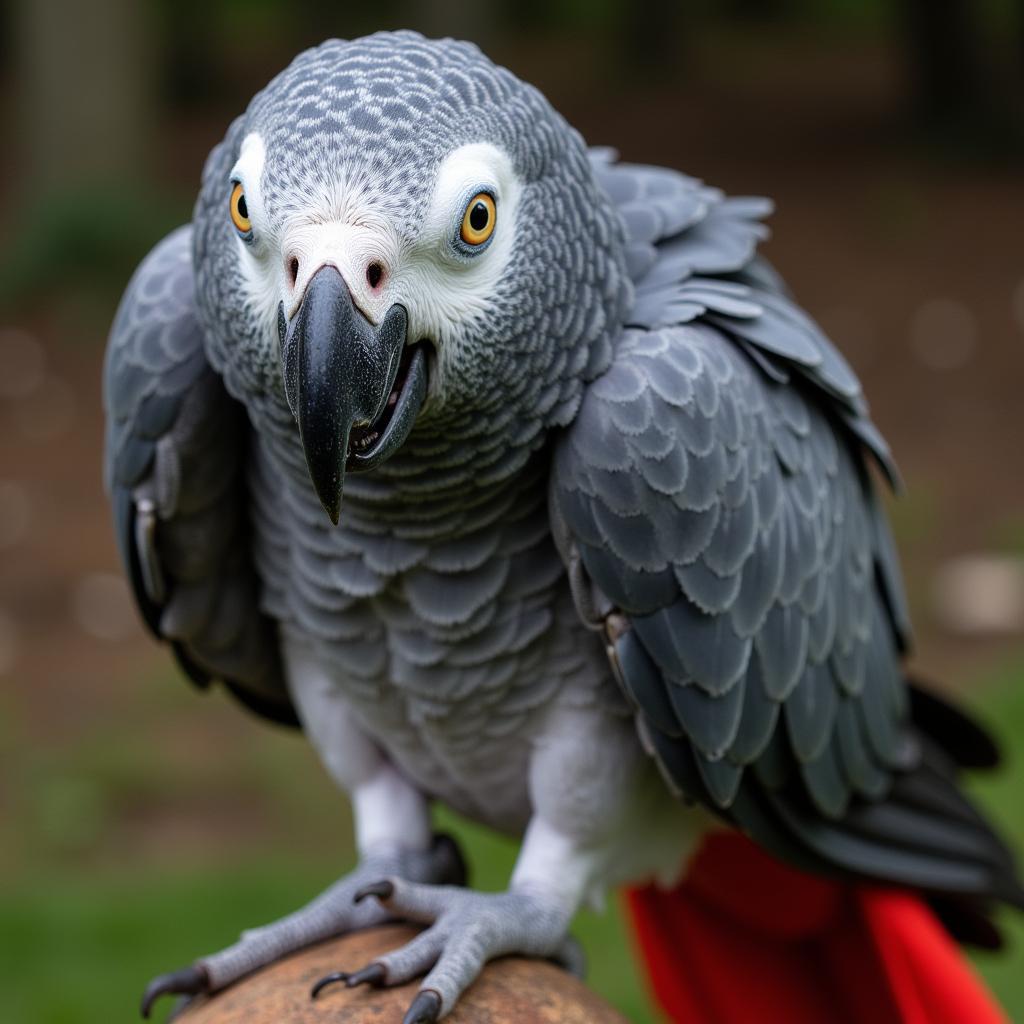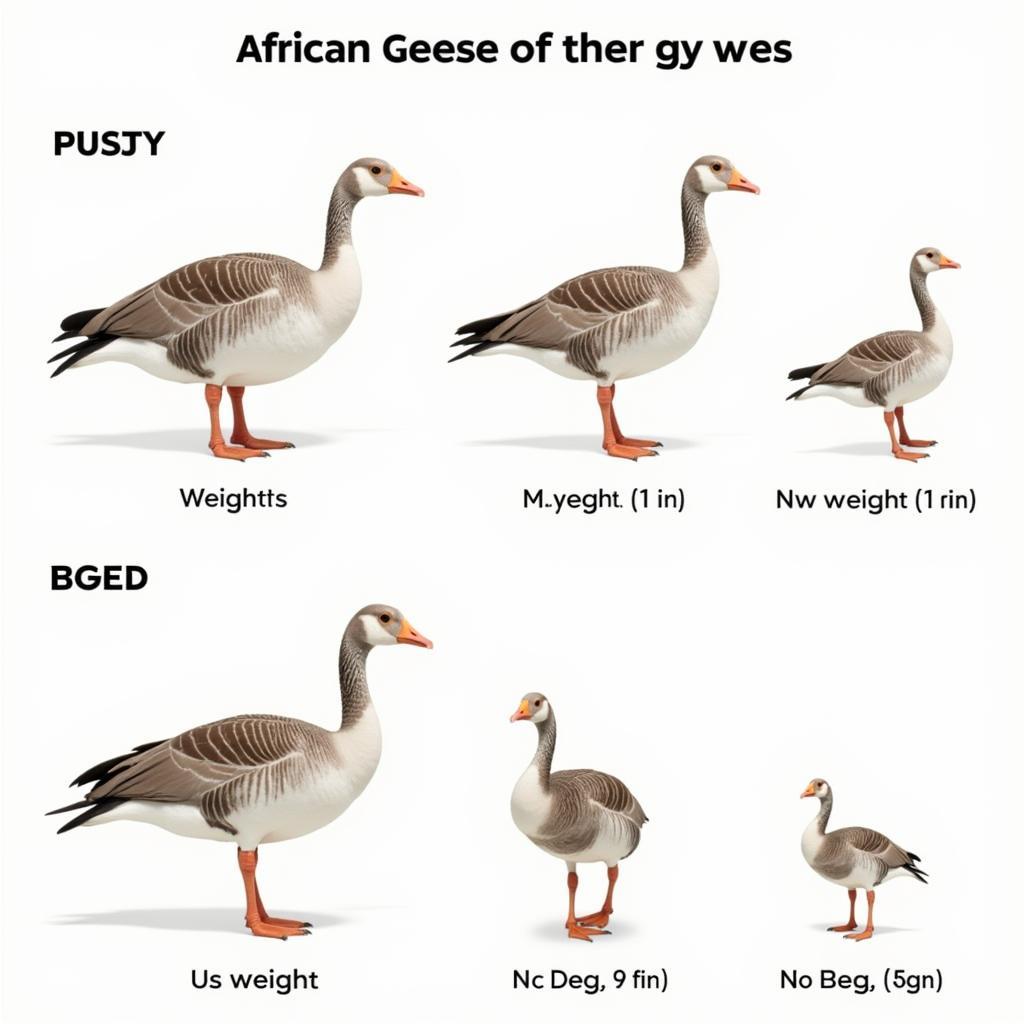The African Elephant Population in 2018: A Look at the Crisis and Conservation Efforts
The African elephant population has been facing a severe decline for decades, and the situation in 2018 was particularly alarming. This article examines the state of the African elephant population in 2018, highlighting the key threats to their survival and the ongoing efforts to protect them.
The African Elephant Population in 2018: A Critical Situation
The African elephant population in 2018 stood at an estimated 415,000 individuals, a drastic decline from the estimated 5 million elephants that roamed the continent a century ago. This decline is primarily driven by poaching for ivory and habitat loss due to human encroachment.
The Impact of Poaching
The demand for ivory continues to fuel illegal poaching, resulting in the loss of thousands of elephants every year. The African elephant population has been decimated by poaching, with some areas experiencing a 90% decline in just a few decades.
Habitat Loss and Human Conflict
Habitat loss due to deforestation, agriculture, and urbanization has also contributed significantly to the elephant population decline. The expansion of human settlements and agricultural lands has fragmented elephant habitats, leading to increased competition for resources and conflicts with humans.
Conservation Efforts: A glimmer of hope
Despite the alarming trends, there is hope for the African elephant. Numerous conservation organizations and governments are working tirelessly to protect elephants and combat poaching. These efforts include:
- Anti-poaching patrols: These patrols are crucial in deterring poachers and protecting elephants in their natural habitats.
- Community-based conservation: Empowering local communities to participate in conservation efforts through education, economic incentives, and sustainable land management.
- International collaboration: International cooperation is vital in addressing the cross-border nature of the elephant poaching crisis.
- Demand reduction: Reducing the demand for ivory through awareness campaigns and stricter regulations on ivory trade.
What can you do to help?
You can play a role in protecting African elephants by:
- Supporting conservation organizations: Donate to organizations working to protect elephants.
- Educating yourself and others: Spread awareness about the threats facing elephants and the importance of conservation.
- Choosing sustainable products: Avoid products that contribute to habitat loss, such as palm oil products.
- Boycotting ivory: Refuse to purchase or use ivory products.
The Future of the African Elephant
The future of the African elephant remains uncertain. However, by working together, we can ensure the survival of this iconic species for future generations.
FAQs
Q: What is the biggest threat to African elephants?
A: Poaching for ivory is the biggest threat to African elephants.
Q: How many elephants are poached each year?
A: Estimates vary, but it is believed that thousands of elephants are poached annually.
Q: What are some of the conservation efforts underway to protect African elephants?
A: Conservation efforts include anti-poaching patrols, community-based conservation, international collaboration, and demand reduction.
Q: What can I do to help protect African elephants?
A: You can support conservation organizations, educate yourself and others, choose sustainable products, and boycott ivory.


